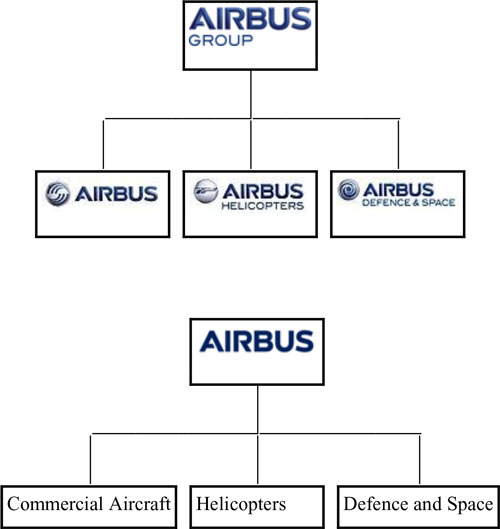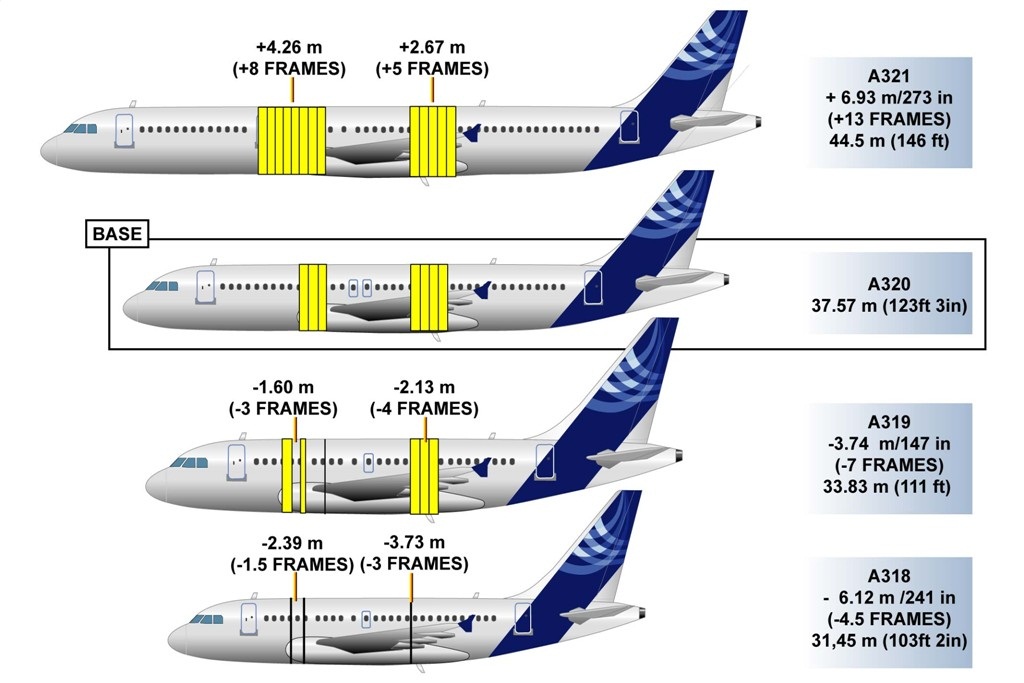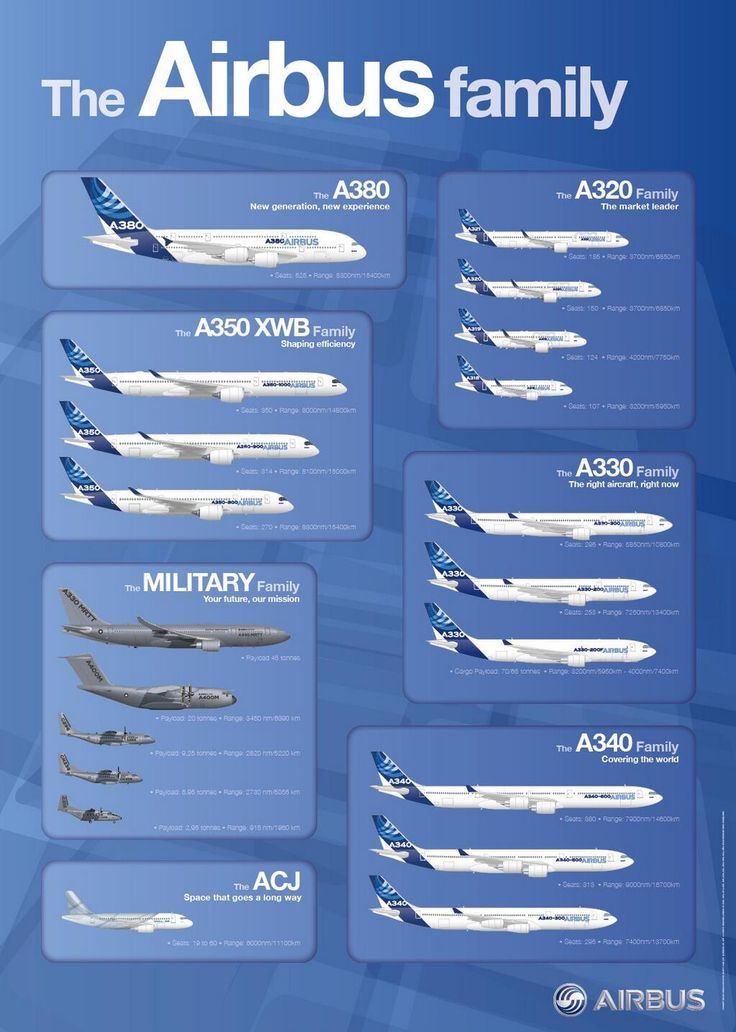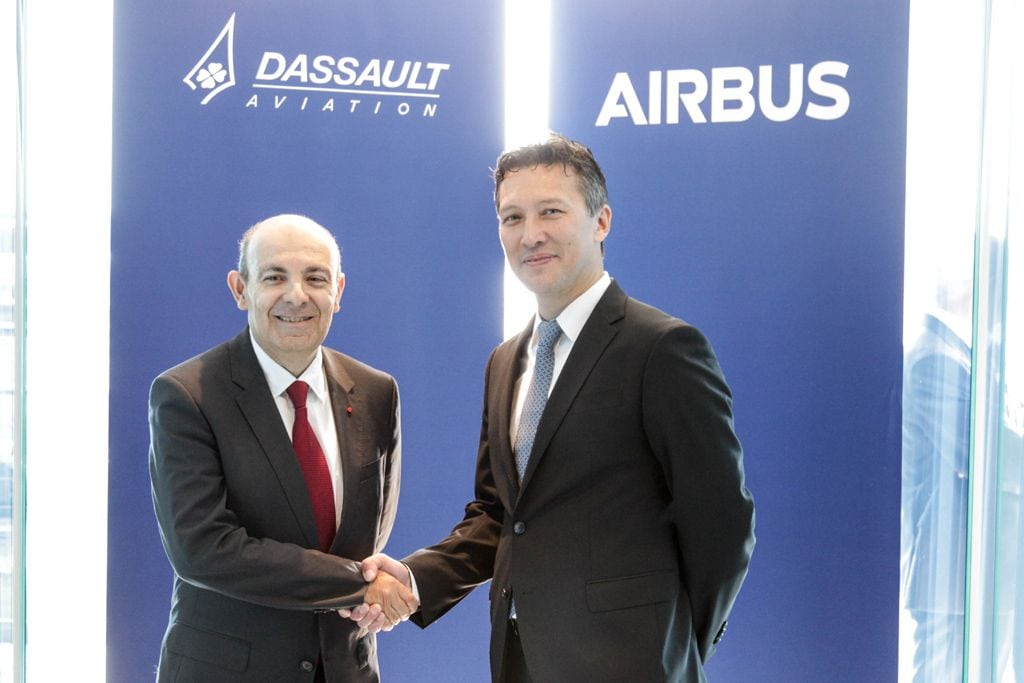Airbus, a name synonymous with cutting-edge aviation technology, has carved a dominant path in the global aerospace industry. This European multinational corporation, headquartered in Toulouse, France, stands as a testament to the power of international collaboration. Spanning a diverse portfolio that transcends commercial aircraft, Airbus encompasses separate divisions dedicated to defense, space exploration, and helicopters. Employing a staggering workforce exceeding 134,000 individuals, Airbus reigns supreme as the largest aeronautics and space company in Europe, consistently etching its name among the world’s leading aviation giants.

The Airbus story begins in the late 1960s, a period marked by a burgeoning demand for efficient and innovative commercial aircraft. Recognizing this need, a consortium of European aerospace companies, including France’s Aérospatiale and Germany’s Messerschmitt-Bölkow-Blohm (MBB), joined forces in 1970 to form Airbus Industrie. This collaborative venture aimed to counter the dominance of the American giant Boeing in the commercial aviation market. The fledgling consortium’s initial focus fell upon developing a family of mid-sized, fuel-efficient jetliners capable of serving the burgeoning short-haul and medium-haul routes.
Airbus’ maiden voyage into the commercial aviation arena materialized in 1972 with the introduction of the A300. This pioneering aircraft established itself as the world’s first wide-body, twinjet airliner, boasting a spacious cabin and improved fuel efficiency compared to its three-engine competitors. The A300’s success paved the way for further innovation, with Airbus capitalizing on the 1976 introduction of the ETOPS (Extended-range Twin-engine Operational Performance Standards) 90 rule. This regulation allowed twin-engine aircraft to operate up to 90 minutes away from the nearest suitable airport, a significant advantage for the A300. This regulatory shift opened new transatlantic routes, enabling airlines to operate more efficiently over vast stretches of ocean.
Building upon the momentum garnered by the A300, Airbus embarked on the development of the revolutionary A320 family in the mid-1980s. This game-changing narrow-body aircraft family, launched in 1984, was the world’s first commercial jet to incorporate a digital fly-by-wire control system. This groundbreaking technology replaced traditional mechanical flight controls with an electronic interface, offering enhanced maneuverability and improved safety. The A320 family, encompassing variants like the A318, A319, and A321, proved to be a phenomenal success, capturing a significant portion of the short-haul and medium-haul market share. This success story continues to this day, with the A320neo family, a more fuel-efficient evolution of the original design, remaining a dominant force in the aviation industry.

Beyond commercial aviation, Airbus has carved a niche for itself in the defense and space sectors. The company’s Military Aircraft division manufactures a diverse range of products, including combat aircraft, transport planes, and refueling tankers. Airbus Defence and Space also plays a pivotal role in European space exploration, collaborating with the European Space Agency (ESA) on various projects. This includes the development of the Ariane rockets, a series of heavy-lift launch vehicles used to deploy satellites and spacecraft.
As the aviation industry hurtles towards a future focused on sustainability and environmental responsibility, Airbus remains at the forefront of innovation. The company is actively developing new technologies, including electric and hydrogen-powered aircraft, with the goal of reducing carbon emissions and fostering a greener future for air travel.
In conclusion, Airbus stands as a testament to the power of international collaboration and unwavering commitment to technological advancement. From its humble beginnings as a consortium to its current position as a global leader in aerospace, Airbus continues to shape the landscape of air travel.
Target Audience of Airbus
Airbus caters to a multifaceted audience encompassing various stakeholders within the aviation industry. The company strategically tailors its offerings to meet the specific needs of each segment, ensuring long-term partnerships and industry dominance. Let’s delve deeper into the core target audiences that Airbus prioritizes.
Airlines: A Strategic Partnership
Airbus primarily focuses on commercial airlines, offering a comprehensive range of aircraft suitable for various passenger capacities and route lengths. From the fuel-efficient A220 family, ideal for regional routes, to the long-range behemoth A350 XWB, perfectly suited for transcontinental journeys, Airbus caters to the diverse needs of airlines. The company fosters strong relationships with airlines, providing not only the aircraft themselves but also comprehensive training programs, maintenance support, and financing solutions. This holistic approach ensures smooth operations and maximizes the value proposition for airlines, solidifying Airbus’ position as a trusted partner in their success.
Beyond Airlines: Diversifying the Customer Base
Airbus strategically expands its target audience beyond commercial airlines to include government entities, private jet operators, and freight companies. For governments, Airbus offers a robust selection of military transport aircraft, combat jets, and refueling tankers. These sophisticated machines cater to national defense and security needs. In the realm of private aviation, Airbus’ ACJ family of corporate jets provides luxurious and efficient travel solutions for high-net-worth individuals and corporations. Furthermore, Airbus caters to the burgeoning cargo market with its freighter variants, enabling efficient and reliable transportation of goods across vast distances. By diversifying its target audience, Airbus secures a stable and multifaceted customer base, ensuring continued growth and industry leadership.
The Future of Flight: A Shared Vision
Looking ahead, Airbus recognizes the growing importance of sustainability and environmental responsibility within the aviation industry. The company actively collaborates with research institutions, universities, and industry partners to develop next-generation technologies, such as electric and hydrogen-powered aircraft. By engaging with these stakeholders, Airbus fosters a collaborative environment that pushes the boundaries of innovation and paves the way for a more sustainable future of flight. This commitment to environmental responsibility not only positions Airbus as a leader in eco-conscious aviation but also resonates with a growing segment of environmentally conscious consumers and airlines.
Marketing Strategies of Airbus
Airbus, one of the world’s leading aircraft manufacturers, employs a comprehensive marketing strategy to maintain its competitive edge in the aviation industry. Here are the key components of Airbus’ marketing strategies:
1. Segmentation
Airbus segments the commercial jetliner market to cater to the diverse needs of its customers. This segmentation goes beyond just the aircraft itself. Here’s how they break it down:
- Aircraft Focus: This is the largest growth area and centers on services that keep airlines’ planes operational. It includes maintenance, training for technical staff, tools needed for repairs, and access to shared pools of spare parts.
- Airline Operations: Here, Airbus segments based on the airline’s business model. Factors like low-cost vs. full-service carriers and freight vs. passenger airlines influence the services offered. This ensures airlines get solutions tailored to their specific operational needs.
- Passenger Experience: Recognizing the importance of passenger comfort and satisfaction, Airbus segments based on this factor as well. This might involve offering airlines features that enhance in-flight entertainment or improve cabin comfort, depending on the targeted passenger segment.
By segmenting in these ways, Airbus ensures its offerings are highly relevant to each customer group. This targeted approach allows them to effectively address the unique challenges and goals of different airlines and aircraft users.
2. Product Differentiation
Airbus leverages product differentiation as a key marketing strategy to gain an edge over competitors. They achieve this by designing a wide range of aircraft models to cater to specific needs of different airlines and market segments. This is a critical strength.
A prime example is the behemoth Airbus A380. Bold with its double-decker design and four engines, it boasts a massive passenger capacity of up to 853. This unique offering caters to airlines looking to maximize passenger numbers on high-traffic routes. This differentiation also allows for price variation based on the level of customization requested by each airline.

Furthermore, Airbus prioritizes the development of technologically advanced aircraft. They focus on improved fuel efficiency, enhanced passenger comfort, and a reduced environmental impact. For instance, while the Boeing 747-8 offers superior fuel efficiency for long-haul flights, the A380 reigns supreme in passenger capacity. This strategic approach ensures airlines have a variety of options to match their specific operational needs.
3. Brand Building
Airbus strategically uses brand building to solidify its position in the aviation industry. Building a strong brand goes beyond just selling airplanes; it’s about creating a lasting positive impression in the minds of customers and stakeholders.
Innovation and Technology Leadership: Airbus consistently emphasizes its commitment to cutting-edge technology and progressive design. This is evident in their focus on fuel efficiency, environmental sustainability, and passenger comfort with features like quieter cabins and advanced in-flight entertainment systems. Highlighting these advancements positions Airbus as a leader in pushing the boundaries of aviation technology.
Reliability and Safety: Airbus meticulously cultivates a brand image synonymous with unwavering safety and aircraft reliability. This involves a multi-pronged approach, including rigorous testing procedures, a focus on pilot training programs, and a commitment to transparent communication in case of any issues. By prioritizing safety, Airbus builds trust with airlines and passengers alike.
Global Presence and Customer Focus: Airbus actively cultivates a brand image as a reliable partner with a global reach. This involves establishing a strong network of customer support centers and service facilities around the world. Airbus demonstrates its understanding of diverse customer needs by offering tailored solutions and fostering long-term relationships with airlines. This focus on customer centricity further strengthens the Airbus brand.
4. Relationship Management
Building trust and fostering long-term partnerships are central to Airbus’s marketing strategy. Relationship management is a key pillar of their customer-centric brand.
Airbus actively cultivates strong ties across the aviation ecosystem. This includes initiatives like the “Start-up 2 Partner” team, which fosters mutually beneficial collaborations with small and medium-sized enterprises (SMEs) in relevant industries. They also involve customers in the aircraft development process, creating a sense of partnership and ensuring the final product addresses their needs.
Strategic outsourcing to long-term partners and suppliers boosts efficiency and allows for a flexible production model. Close coordination with all suppliers, based on the importance of the subcontracted assemblies, ensures a smooth and reliable supply chain. These combined efforts solidify Airbus’s position as a reliable partner airlines can trust for the long haul.
5. Marketing Communications
Effective communication is a cornerstone of Airbus’s marketing strategy. They utilize various channels to convey their brand message and engage with target audiences.
Multi-Channel Approach: Airbus leverages a diverse range of communication channels to reach a wide audience. This includes a strong presence on social media platforms, targeted advertising campaigns, and participation in industry trade shows and events. Strategic use of media relations allows them to share their latest advancements and achievements with a wider audience. By tailoring their message to each platform, Airbus ensures maximum reach and impact.
Content Marketing: Airbus prioritizes creating high-quality content that informs, educates, and inspires their target audience. This includes engaging blog posts, thought leadership articles, and in-depth white papers on industry trends and technological advancements. Compelling video content, showcasing cutting-edge aircraft features and passenger comfort innovations, further strengthens their brand message.
Transparency and Storytelling: Airbus fosters trust by communicating openly and transparently with stakeholders. This includes regular updates on production progress, environmental initiatives, and their commitment to safety and sustainability. By sharing compelling stories about their employees, customers, and the positive impact of air travel, Airbus creates a strong emotional connection with their audience.
6. Strategic Partnerships and Alliances
Airbus cultivates partnerships with a diverse range of organizations, each offering unique benefits. For instance, the collaboration with TotalEnergies secures a sustainable fuel supply chain and fosters innovation in the development of clean aviation fuels. This partnership positions Airbus as a leader in environmentally conscious aviation.
Looking beyond traditional aerospace, partnerships with technology leaders like Dassault Systèmes and Northrop Grumman bolster Airbus’s technological prowess. Dassault Systèmes’ 3DEXPERIENCE platform streamlines design and manufacturing processes, while the collaboration with Northrop Grumman strengthens their position in the military satellite communication market. These alliances demonstrate Airbus’s commitment to continuous innovation and its ability to compete across a broader spectrum.

Furthermore, partnerships like the one with Delta Air Lines establish Airbus as a thought leader in digital solutions for the aviation industry. This collaboration focuses on developing predictive maintenance and health-monitoring solutions that benefit airlines by improving efficiency and reducing downtime. By partnering with industry leaders across various sectors, Airbus showcases its commitment to shaping the future of air travel.
7. Sustainability and Corporate Responsibility
Sustainability and Corporate Responsibility (CR&S) are woven into the fabric of Airbus’s marketing strategy. This commitment positions them as a responsible industry leader at the forefront of positive change.
Airbus’s three-pronged sustainability approach focuses on environmental responsibility, social well-being, and economic prosperity. They strive to decarbonize the aviation industry, minimize their environmental footprint, and prioritize human rights and safety. Their commitment to UN Global Compact and UN Sustainable Development Goals (SDGs) underscores their dedication to a sustainable future.
Concrete actions like reducing emissions, developing clean aviation fuels, and mitigating space debris demonstrate their leadership in environmental stewardship. CR&S programs like the Airbus Helicopters Foundation further solidify their commitment to social responsibility by providing humanitarian aid and disaster relief. By prioritizing a sustainable future and social well-being, Airbus positions itself as a responsible and trustworthy partner for airlines, stakeholders, and the global community.
8. Digital Transformation
Airbus leverages digital transformation as a key marketing strategy to enhance customer experience, optimize operations, and unlock new market opportunities. Their ambitious Quantum program focuses on data-driven solutions that complement their physical aircraft.
At the core of this strategy lies Skywise, Airbus’s centralized digital platform. Digital twins create virtual models that generate real-time manufacturing instructions. Operators access these instructions through Skywise, enabling faster delivery of customized aircraft. Skywise also integrates company-wide data, fostering transparency and collaboration across all departments and suppliers.
The benefits of digital transformation extend far beyond the factory floor. Airbus can now prioritize the customer journey from design to flight. Onboard systems capture a wealth of data, allowing for predictive maintenance and optimized flight operations. Digital transformation has also streamlined the supply chain, creating a network of efficient and innovative partners. By embracing digital solutions, Airbus positions itself as a future-proof company at the forefront of innovation, ready to meet the evolving needs of the aviation industry.



